What are the Best Watercolor Brushes? For Beginners and Experienced Artists
Author:
GeorgeUpdated:
02.06.2025


- Why the Right Brush Matters
- What Makes a Brush Great for Watercolor?
- Natural vs Synthetic Bristles
- Common Brush Shapes and What They’re For
- 1.Round
- 2.Flat
- 3.Mop
- 4.Detail (Rigger, Spotter)
- 5.Dagger, Cat’s Tongue, and Others
- 1.
- What Brush Sizes Do You Really Need?
- Best Watercolor Brush Brands (Tested & Trusted)
- 6.Princeton Heritage 4050
- 7.Princeton Aqua Elite
- 8.Winsor & Newton Cotman
- 9.Escoda Prado (Synthetic)
- 10.Da Vinci Maestro
- 6.
- How to Care for Your Brushes (So They Last Years)
Choosing watercolor brushes can get confusing fast. There are dozens of shapes, sizes, and materials, and not all of them are actually useful. Many beginners buy big brush sets, but end up using the same two or three brushes every time.
The problem is that the wrong brush can hold too little water, lose its shape, or make it harder to control your strokes. That makes learning watercolor more frustrating than it needs to be.
Why the Right Brush Matters
Watercolor is all about control and fluidity. The right brush helps you manage both.
A good brush holds enough water and paint, makes smooth strokes, and keeps its shape after each use. It lets you switch between fine lines and broad washes without changing tools. It also helps you paint faster, cleaner, and with fewer mistakes.
A bad brush does the opposite. It can fray, dry out mid-stroke, or leave streaks. Some can’t hold water well, which means you’ll need to dip your brush more often and your colors may come out uneven.
Using better brushes doesn’t mean spending a fortune. You just need ones that are well-made and suited to watercolor. That’s what we’ll focus on here.
"The watercolor either succeeds or it doesn't, just like surgery." - Richard Yarde.

What Makes a Brush Great for Watercolor?
Watercolor brushes need soft bristles that can carry water and pigment without dripping. They should taper to a fine point and return to shape after every stroke. That’s what gives you precision and flexibility.
The brush handle also matters. A comfortable, balanced handle helps you paint longer without strain. Short handles are common in watercolor because they give better control, especially for detailed work.
Good brushes also last longer. They don’t shed bristles or split after a few uses. Even if you're just starting out, choosing quality over quantity will make a big difference.
Natural vs Synthetic Bristles
Watercolor brushes use either natural or synthetic hair. Both have their pros and cons.
- Natural hair usually comes from animals like sable, squirrel, goat, or ox. These brushes hold more water and create softer, more fluid strokes. Sable brushes, especially Kolinsky sable, are considered the gold standard. They’re known for their water capacity, fine point, and smooth flow. But they’re also expensive and harder to care for.
- Synthetic brushes are made from man-made fibers like nylon or Taklon. They’re more affordable and easier to clean. Many are designed to mimic the feel of natural hair, and newer versions do it well. They’re often a bit firmer, which helps with control and snap.
- There are also blended brushes that combine natural and synthetic fibers. These aim to offer a balance between performance and price.
If you're just starting out or want a cruelty-free option, synthetic brushes are a great choice. They’re more than good enough for learning and can last a long time with proper care.
"Natural haired brushes are better for laying down paint, synthetic brushes can be useful for picking up or lifting out paint." - Jane Blundell.
Common Brush Shapes and What They’re For
Paint Brushes come in many shapes, but you don’t need to learn them all at once. These are the most useful ones to know.

Round
The most versatile brush for watercolor.
Use the tip for thin lines and the belly for thicker strokes. You can paint small details, large washes, or both with the same brush. Most artists use round brushes more than any other shape.
Flat
Best for bold, straight strokes and clean edges.
Flat brushes hold a lot of water and are great for washes, backgrounds, and geometric shapes. You can also use the edge for thinner lines.
Mop
Great for covering large areas with lots of water or pigment.
Mop brushes are soft and full, making them ideal for loose painting styles and smooth blending. They’re usually made with squirrel hair, either natural or synthetic.
Detail (Rigger, Spotter)
Made for fine lines and small details.
Riggers have longer bristles, perfect for long strokes like tree branches or lettering. Spotters are shorter and better for precise touches in tight spaces.
Dagger, Cat’s Tongue, and Others
These have more specialized uses.
Dagger brushes have an angled shape that makes sharp, sweeping lines. Cat’s tongue brushes combine a rounded tip with a flat body, giving you flexibility for both detail and broad strokes.
You don’t need all of these to start. A few good round brushes will take you far.
What Brush Sizes Do You Really Need?

Brush sizes can be confusing. The numbers aren’t universal, size 6 in one brand might be smaller or larger in another. But in general, the higher the number, the bigger the brush.
If you’re starting out, you only need a few sizes to cover most types of painting.
- Size 6 round is the most useful all-rounder. It’s small enough for details but big enough for basic washes.
- Size 2 round is great for fine lines and smaller areas.
- Size 12 round is good for larger shapes and looser painting.
- 1/2" flat is optional but helpful for bold strokes and straight edges.
You don’t need every size in between. As you paint more, you’ll figure out which sizes you use most and add from there.
Best Watercolor Brush Brands (Tested & Trusted)
You don’t need to try every brand yourself. Here are a few trusted options that work well for most people, whether you're a beginner or looking to upgrade.
Princeton Heritage 4050

Synthetic sable with great snap and control.
Holds a decent amount of water and keeps a sharp point. Durable, reliable, and affordable for its quality. A top pick for everyday painting.
Princeton Aqua Elite

Softer than the Heritage series.
Holds more water, which makes it ideal for wet-in-wet techniques and larger washes. A good choice for loose styles and big strokes.
Winsor & Newton Cotman

Budget-friendly and easy to find.
These synthetic brushes offer solid performance for beginners. They hold a fair amount of water and come in many sizes. Great if you're just starting out and want decent quality without a big spend.
Escoda Prado (Synthetic)

Slightly pricier but well-made.
These brushes have a smooth feel and form a nice point. They’re good for painters who want something a little more refined than entry-level brushes.
Da Vinci Maestro

Made with natural Kolinsky sable hair.
Very soft, holds a lot of water, and comes to a sharp point. High quality, but expensive. Best for advanced painters or those who want to invest in a premium brush.
If you’re not sure where to start, go with Princeton Heritage or Winsor & Newton Cotman. Both are easy to control, long-lasting, and give you great value for the price.
How to Care for Your Brushes (So They Last Years)

A few simple habits can keep your brushes in good shape for a long time.
- Rinse them right after use. Don’t let paint dry in the bristles.
- Gently reshape the tip with your fingers while the brush is still damp.
- Let them dry flat or with the tip facing down. Never store them upright while wet.
- Don’t leave them soaking in water. It can loosen the glue and damage the handle.
- Avoid scrubbing hard surfaces. Use soft, circular motions when cleaning.
Even affordable brushes can last if you treat them well. And the better your brushes stay, the better your results will be.
Final Thoughts: Keep It Simple, Paint More
The best way to figure out what brushes work for you is to start painting. You don’t need every size or shape, just a few solid tools and the time to use them.
If things aren’t turning out how you expected, it might not be your skill. It could be the brush. A worn-out tip, the wrong shape for your subject, or low water capacity can make watercolor harder than it needs to be. Don’t be afraid to swap brushes mid-piece or test different ones until it feels right.
This list was put together with help from the professional artists at Photo2Painting, who use watercolor in their commissioned work every day. If you want to see how these tools perform in skilled hands, check out their art or explore their custom watercolor painting services.
Frequently Asked Questions
What watercolor brushes do professionals use?
Professional watercolor artists often use high-quality brushes made from Kolinsky sable hair or advanced synthetic alternatives. Brands like Da Vinci Maestro, Escoda Versatil, and Princeton Heritage are popular for their durability, water-holding capacity, and precise tips.
Should I use a flat or round brush for watercolor?
Round brushes are the most versatile and commonly used for watercolor. They can create fine lines and broad strokes depending on pressure. Flat brushes are best for large washes, straight edges, and geometric shapes. Many artists use both depending on the technique.
What brushes are best for beginner watercolor?
For beginners, a small set of round synthetic brushes is ideal. A size 6 round, a size 2 round for detail, and a 1/2 inch flat brush cover most basic needs. These sizes are easy to control and work well for a wide range of painting styles.
What is the difference between synthetic and natural watercolor brushes?
Natural watercolor brushes are made from animal hair, such as sable or squirrel, and hold more water. Synthetic brushes use man-made fibers like Taklon and are more affordable, cruelty-free, and easier to maintain. Modern synthetics closely match natural performance.
What are the three essential watercolor brushes?
The three essential watercolor brushes are:
- Round Size 6 – versatile for details and washes
- Round Size 2 – ideal for fine lines and smaller areas
- 1/2 Inch Flat Brush – great for washes and sharp edges
These cover most painting techniques without overwhelming beginners.
Which type of watercolor brush is best for very fine detail?
For very fine detail, use a rigger or spotter brush. Rigger brushes have long, thin bristles that create continuous, thin lines. Spotter brushes are shorter and offer more control for small, precise work. Choose a brush with a sharp tip and good snap for best results.
George, CEO of Photo2painting, is a passionate art lover and entrepreneur. He founded Photo2painting.com from scratch, inspired by his artist friends. As the company's CMO, he manages content and marketing.
Excellent Customer Reviews











































































































